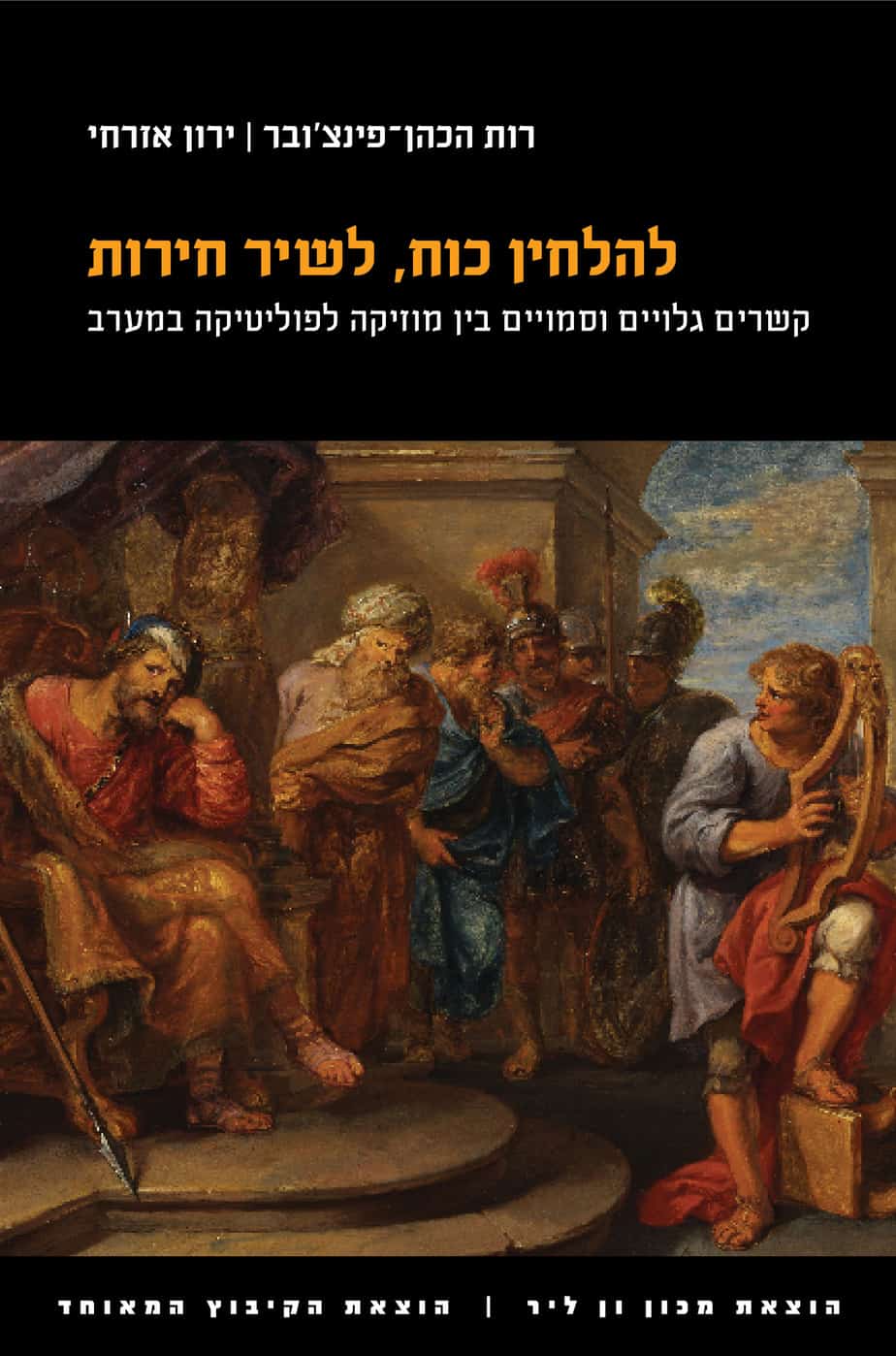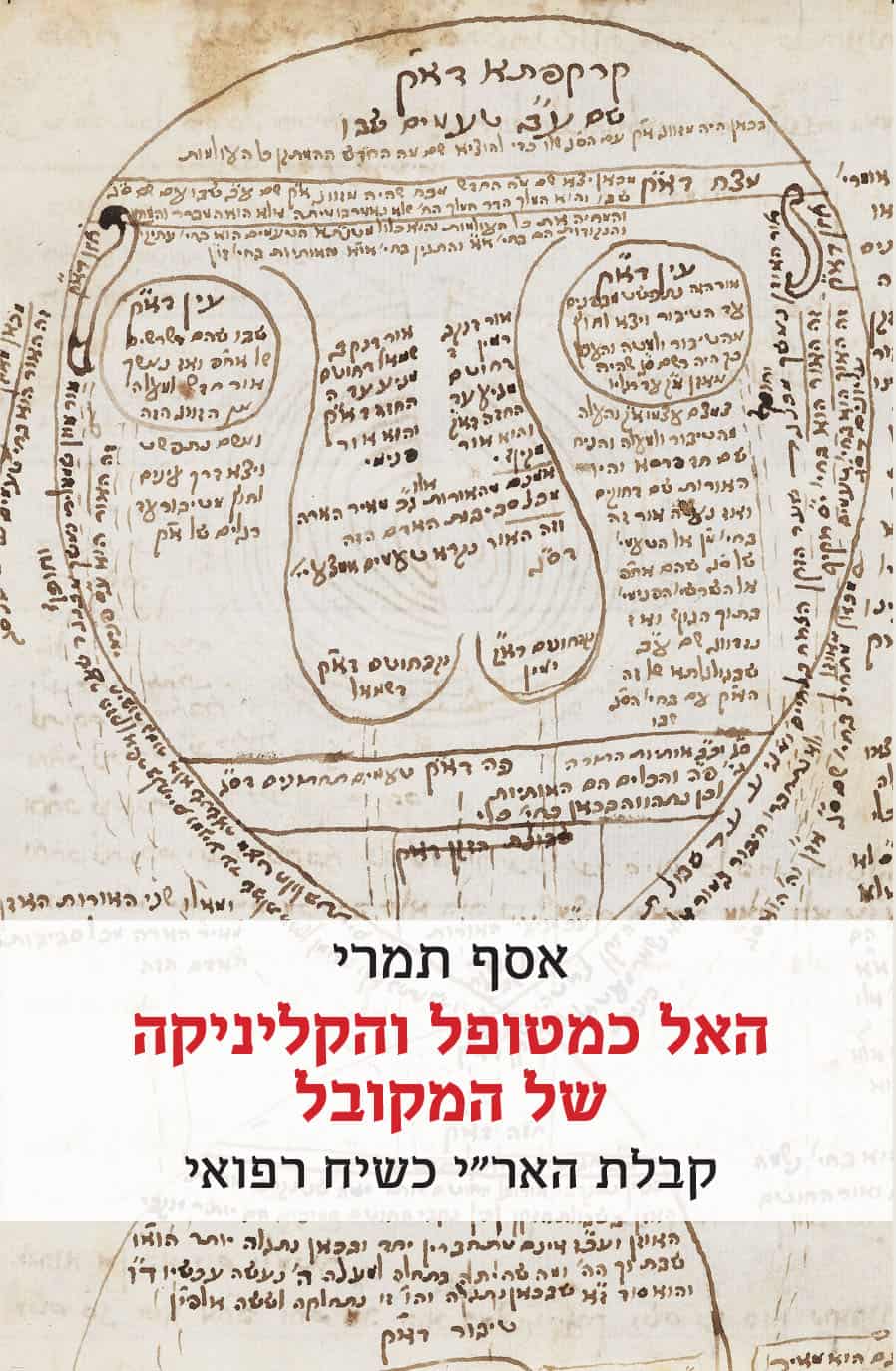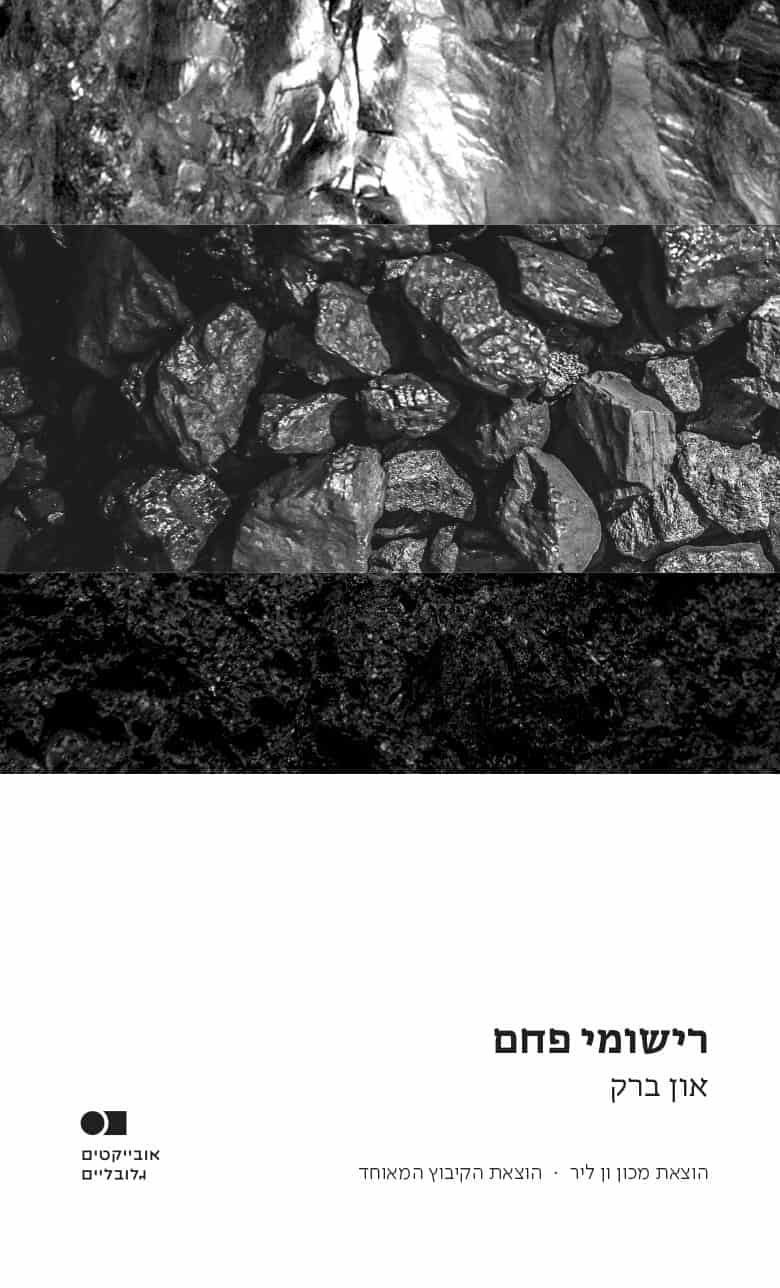Composing Power, Singing Freedom
Overt and Covert Links between Music and Politics in the West
| By | Ruth HaCohen (Pinczower), Yaron Ezrahi |
| Publisher | Van Leer Institute Press and Hakibbutz Hameuchad |
| Language | Hebrew |
| Year of Publication | 2017 |
| Series | Theory in Context Series |
Composing Power, Singing Freedom by Ruth HaCohen (Pinczower) and Yaron Ezrahi reveals the many dimensions of the connections, both overt and covert, between music and politics, as they have been manifested since early modernity in the West. The book focuses on exposing the emotional and aesthetic fabric of monarchic, nationalistic, totalitarian, liberal, and democratic regimes as embodied in their respective musical cultures. Kings and rulers, it turns out, knew how to harness music for the aestheticization and exaltation of power, but music has also had a role in spurring the solidarity and enthusiasm of revolutionaries. In royal and state funeral ceremonies, music has sanctified the deeds of the dead ruler and aroused hope for a glorious future. In the national state, it has repressed the fear of death with the rhythms and songs of soldiers marching behind the flag to the battlefield, while also giving expression to macabre feelings and to anti-war rebellion.
In the ascending atmosphere of liberalism, the authors argue, music has succeeded more than once in embodying the interiority, loneliness, and reflexivity of the individual; it has also fostered the aesthetics of interpersonal conversation featured in chamber music. Democracies and republics have often sought to make the vox populi heard; sometimes it is that voice that heralded their emergence and revolt. Music has been instrumental for seducing consumers of capitalist culture, while also expressing the cry of the despondent inhabitants of poverty-stricken neighborhoods. In various regimes, it has animated the voice of betrayed or oppressed women, but also the voice of women who struggle against mental and social shackles.
What are the mutual mechanisms of these two elusive arts—the art of sound and the art or craft of politics—that allow for such a wide variety of portrayals of the political subject and of the image of sovereigns? The book leads its reader through the labyrinth of historical examples to several fundamental answers to this query that derive from the encounters of the unique qualities of each of the phenomena discussed as they were shaped in different historical and cultural contexts.




